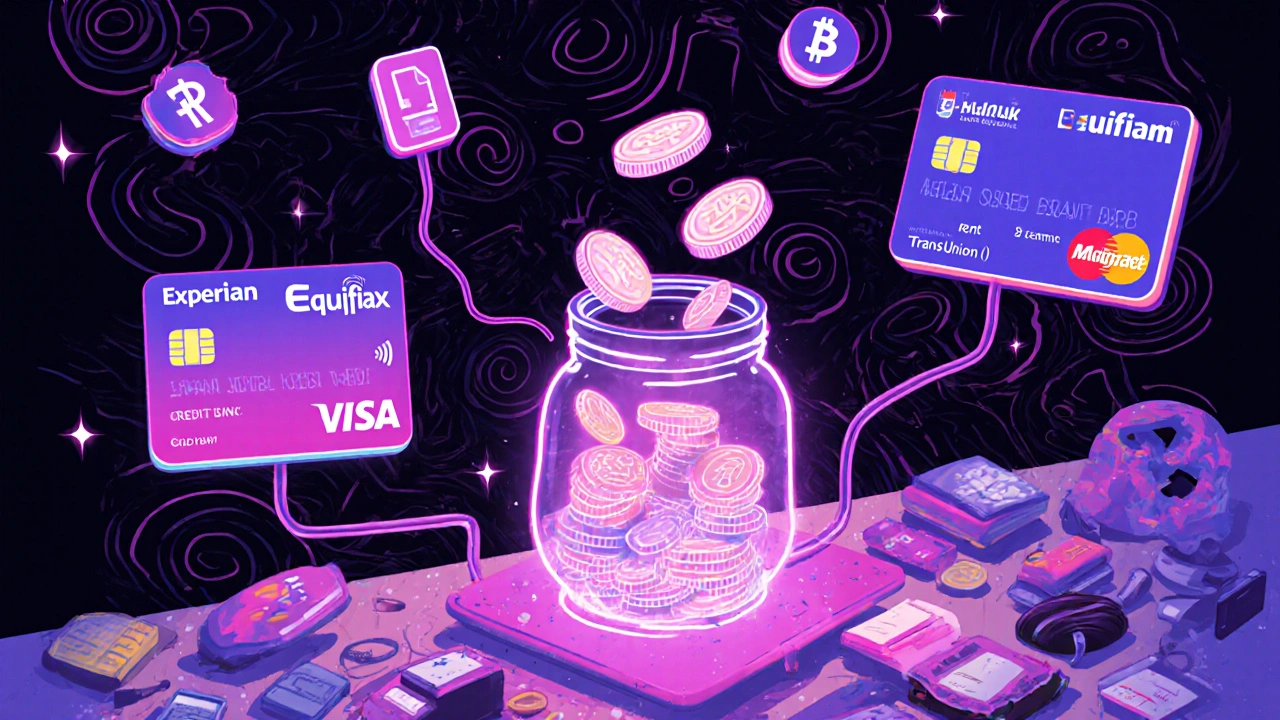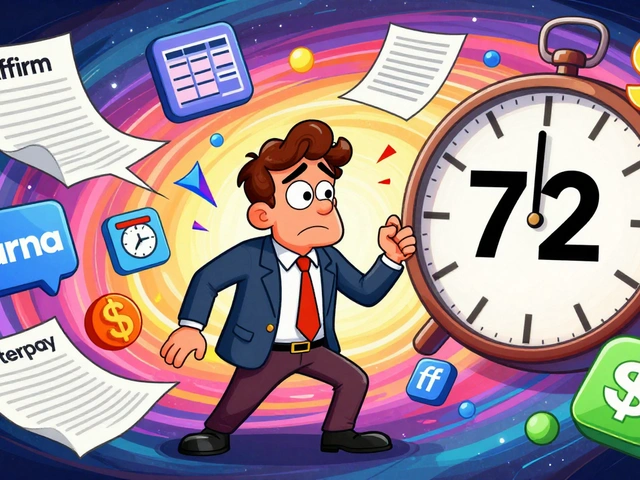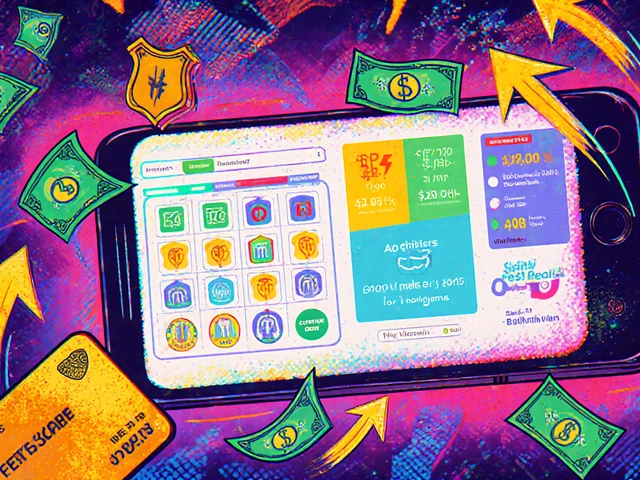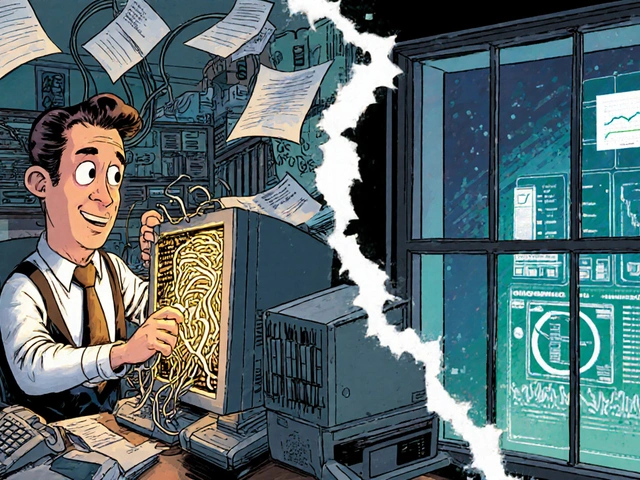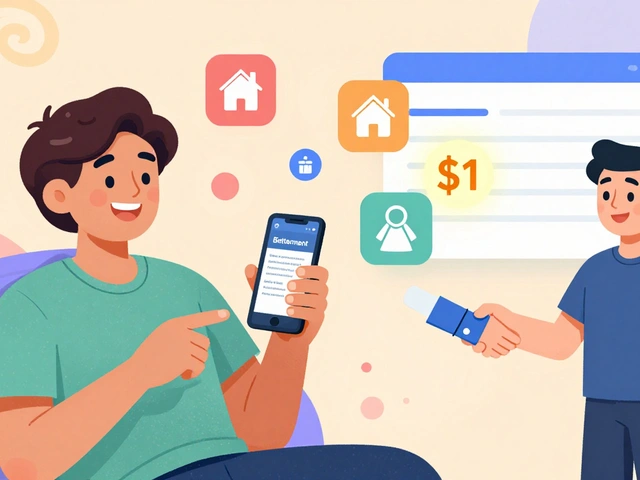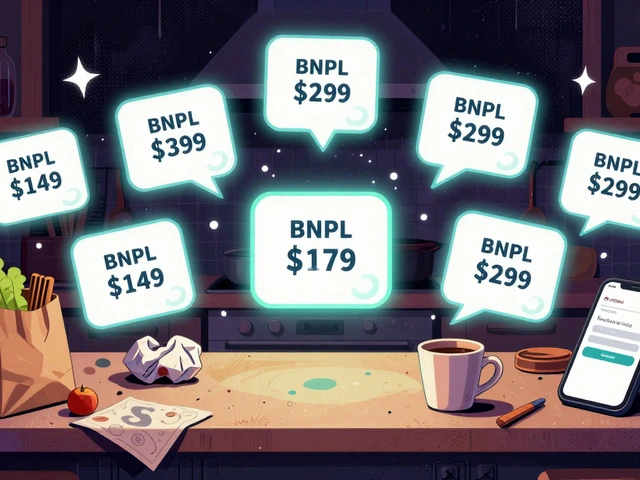Secured Credit Card Digital Bank: How They Work and Why They Matter
When you need to build credit but can’t qualify for a regular card, a secured credit card, a type of credit card that requires a cash deposit as collateral. Also known as deposit-backed credit card, it gives you a line of credit tied to the money you put down—usually $200 to $500. This isn’t a savings account. It’s a tool lenders use to reduce risk while letting you prove you can handle credit responsibly. Many people use these cards after bankruptcy, identity theft, or just starting out with no credit history. And increasingly, they’re offered by digital bank, a financial institution that operates entirely online without physical branches. Also known as neobank, it delivers checking, savings, and now even credit products through apps with low fees and real-time tracking.
These two things—secured cards and digital banks—are becoming a pair. Why? Because digital banks are built for people who want control, transparency, and speed. They don’t bury you in fine print. They show you your balance, spending habits, and payment due dates in plain language. Some even report your on-time payments to all three credit bureaus, which is huge. Not every secured card does that. And not every digital bank offers one. But when they do, it’s a rare combo: a product designed for credit repair, delivered by a platform built for modern users.
Look at the posts here. You’ll find articles on identity theft prevention—because people who use secured cards often have been victims of fraud. You’ll see posts on neobank rewards, where cashback and merchant deals are finally making digital banking feel worth it. There’s even content on emergency funds and debt management, because if you’re using a secured card, you’re likely trying to fix something broken. These aren’t random articles. They’re all connected by one truth: people are tired of old banking systems that don’t listen. They want tools that help them rebuild, not punish them for being behind.
What you won’t find here are sales pitches for the "best" secured card. You’ll find comparisons based on real features: Does it report to all three bureaus? Is there an annual fee? Can you upgrade to an unsecured card after six months? Does the digital bank let you freeze your card with one tap? These are the questions that actually matter when you’re trying to get back on track.
There’s no magic here. No quick fix. Just a system that works if you use it right. Pay on time. Keep your balance low. Don’t treat it like free money. That’s it. And if you pair that with a digital bank that gives you alerts, budget tools, and zero surprise fees? You’re not just building credit. You’re building confidence.
The posts below cover every angle: how to choose the right card, which digital banks actually help you grow your credit, what to do if your deposit gets frozen, and how to avoid the traps that trap most first-time users. No fluff. No jargon. Just what you need to move forward.
